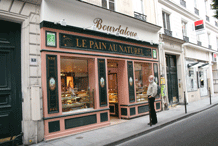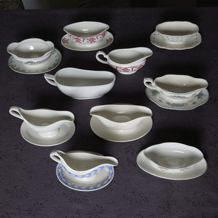meals at La Calestienne |
||
|
We don't
present you menus at choice but assure meals for our guests.
For lunch we serve a bread-meal completed with a salad, fruit and cookies; if
you want to make a hike for the day, we pack these lunches as picnics. We don't present meals "à la carte", but serve plentiful and healthy suppers. Normally we change regularly from meat to fish and vegetarian meals. |
||
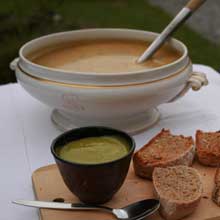 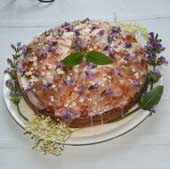 |
some examples of our suppers: carrot soup with ramsons
chermoula quiche with pies and
smoked trout from Cendron |
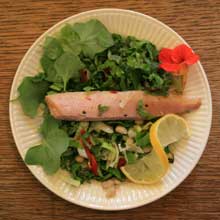 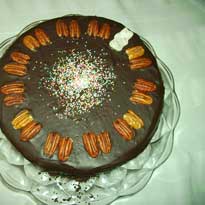 |
| Belle fleur double-, transparent blanche-, belle fleur simple-, golden delicious-, belle de Boscop- eand quatresse simple-apples, Queen Victoria-plums and damsons, raspberry, amelanchier, red, white and blackcurrent, and gooseberry from our garden and orchard are made into marmelades, jellies, juices and deserts. | ||
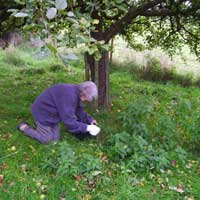
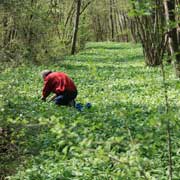
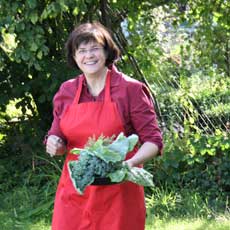
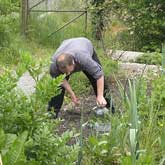

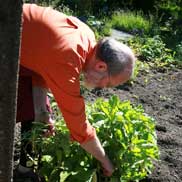
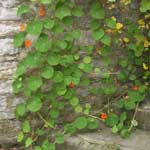
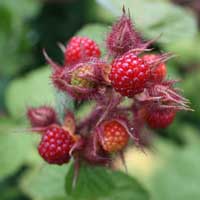
| drinks at La Calestienne | ||
|
|
We present you an exquisite assortiment of local beers as Fagnes from Mariembourg, the spelt beer Joseph and the buckwheat beer Sara from the Brasserie de Silenrieux. Aditionally you can taste and compare the Belgian trappist beers of Chimay, Orval, Rochefort and Westmalle. |
|
|
|
Concerning apéritifs you can try the Griotte de Biercée.The more we serve our home-made elderberry-blossom- and dandelionkirr, and you can close your evening with a P'tit Peket, a Wallonian jenever, or the home-made damsons or quinces on gin, ... |
|
|
|
Tea and herb tea lovers can make their choice in our extensive tea collection which is regularly replenished: black tea, oolong and green tea, lapsang souchong, earl grey, South-African rooibos and bitter Argentinian maté; mint, sage, lime, camomile, ... |
|
| bourdaloue-pie with Queen Victoria-plums | ||
|
|
One
of the culinary specialties of La Calestienne is a combination of
seventeenth’ century’s power of speech, pastry from the
beginning-twentieth century and a local touch: bourdaloue with
queen-Victoria-plums from the own garden. |
|
In
origin bourdaloue was the name of an almond pie with poached pears,
following all the till now consulted sources “invented”
around 1900 by “a” Parisian maître-patissier. On the number
7 of the nowadays Rue Bourdaloue in the same city there is a pastry-shop
with a show-window painted in pink color and Bourdaloue on the top. Here
the famous almond-pies with pears are made. I have no idea if the
managers have any idea of the link with other objects bearing the same
name. |
|
|
.gif) |
In
fact Bourdaloue was the name of a seventeenth-century Jesuit Louis
Bourdaloue, born 20th of august in Bourges, 155 miles south
of Paris. In the untitled Nouveau Dictionaire Universel from Maurice
Lechatre the man was called “le
prédicateur du roi et le roi des prédicateurs” : the
king’s (Louis XIV) preacher and the king of preachers. Bourdaloue
named himself “Devin précurseur”, the divine pastor. While on
Wikipedia is mentioned that Bourdaloue owned his notoriety AT the
quality of his sermons, it is a fact of common knowledge that is was
surely the length of his sermons that made him well-known. Nowadays you
can read all his sermons, prayers, laudatory speeches, warnings, ideas
and instructions on www.abbaye-saint-benoit.ch.
The paper-version of the “Oeuvres Completes” dates from 1846 and
counts sixteen volumes, each counting more than 500 pages. |
|
| During
his sermons, this man didn’t incorporate pauses; nevertheless some of
his preaches are taking forty pages in the “Oeuvres Complètes”. Of
course this had its consequences: just as today churches, even Jesuit
churches, didn’t provide sanitary installations for no-clergymen. If I
may believe what I read surely female auditors had problems with this
lack of toilets. I never came about what the male auditors did. Was the
public of Louis Bourdaloue composed exclusively of female admirers? To
not miss a single word of this Jesuit’s allocutions women used a kind
of urinals made of faïence or porcelain. In French, in the Nouveau
Larousse Universel of 1948 these utensils were called “des
petits urinoirs portatifs” or even more beautiful “des
vases de nuit”. Elsewhere they were named “des
élégants réceptacles”, women’s urinals or “bourdaloues”.
They look like twentiest century “saucières” but with a round
nozzle instead of a pointed one: look out in the kitchen! Of course
these useful objects were only useful and affordable for members of the
better class. Only women of this kind were able to spend enough time at
church, were wearing long and wide dresses but no underwear yet, which
made it easy to bend slightly straddle-legged over the commonly richly
decorated bourdaloues. These trinkets are mainly known from the 18° and 19° century. They were made all over Europe and also, for export, in China and Japan. On
May 13th of 1704, at the age of 71 years, Louis Bourdaloue passed away
in Paris. A commemorative stone locks up his sepulture in the crypt of
the Saint-Paul-et-Saint-Louis-church in the fourth arrondissement. He
got also a statue on the Colbert-façade of the Cour Napoléon at the
Louvre. Sly people as Lucinda
Lambton suggests these associations are just wishful-thinking as there
are no such women’s urinals known from before 1710 while Louis
Bourdaloue died in 1704. |
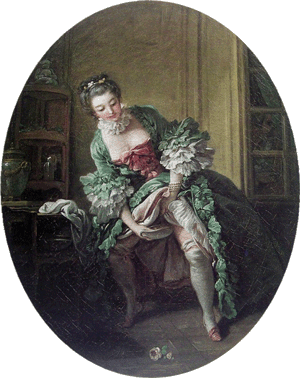 |
|
|
|
Nice story? Interested? At the toilets of La Calestienne you can study a lot more about this subject, among others in Philip
Van Kerrebroeck, 2009: Het kleinste kamertje: een historische, culturele
en medische anthologie. |
|
.jpg)


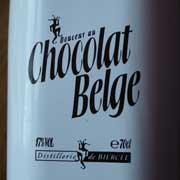

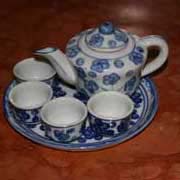
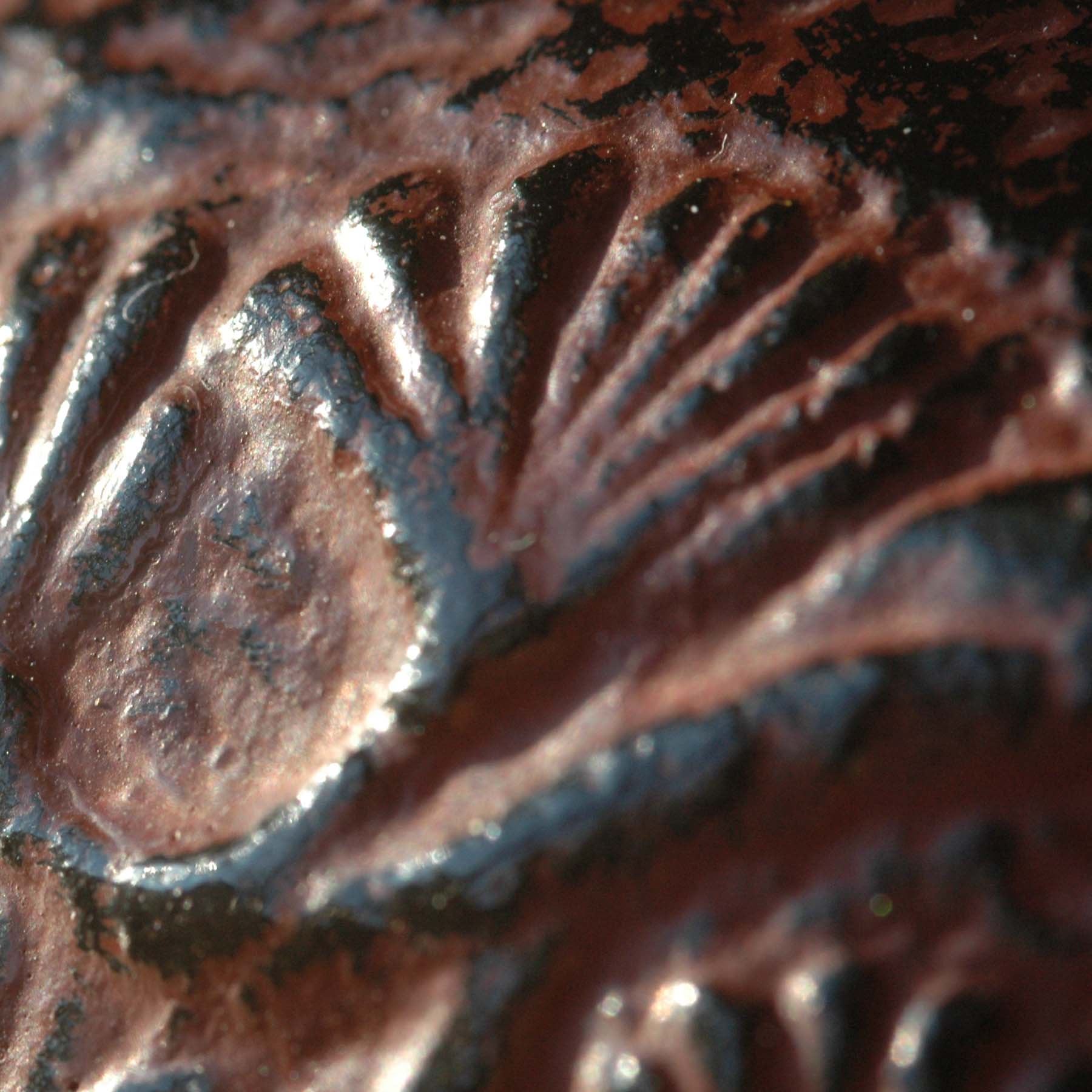
.gif)
